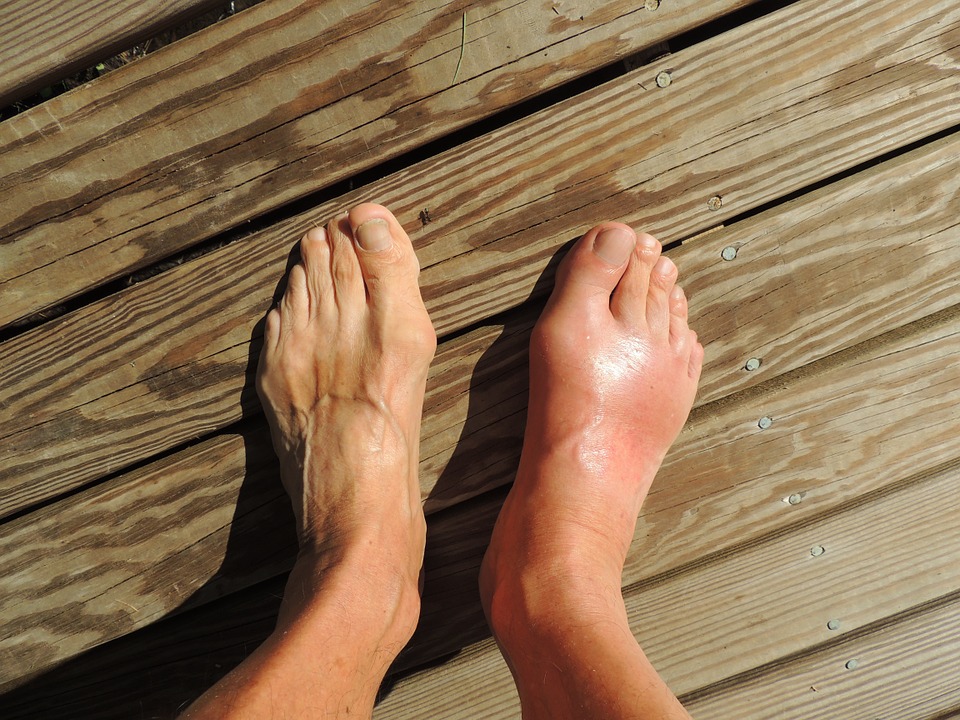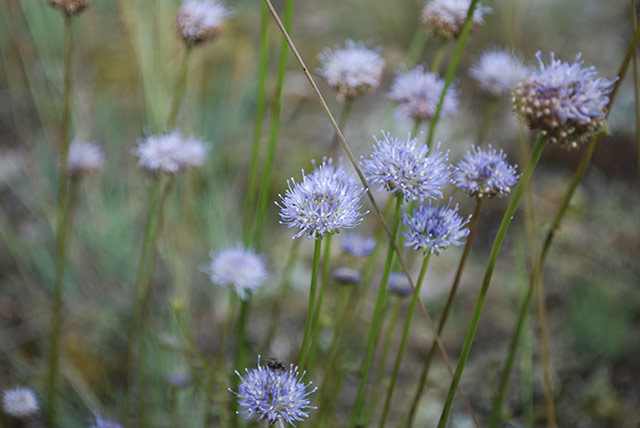Sickle cell disease can be naturally remedied with bleeding-heart herb
10/16/2018 / By Michelle Simmons

In some parts of Africa, Clerodendrum polycephalum, commonly known as glorybower or bleeding-heart, has been used traditionally to manage symptoms of sickle cell disease. However, its anti-sickling effects have not been scientifically proven. Thus, researchers at Obafemi Awolowo University in Nigeria examined the effectiveness of C. polycephalum leaf extracts in treating pain associated with sickle cell disease.
In their study, which was published in the European Journal of Medicinal Plants, the researchers collected the leaves of C. polycephalum, oven-dried them, and macerated in methanol for three days. Then, the methanol extract was further divided into various solvents: n-hexane, dichloromethane, ethyl acetate, and water.
To test the anti-sickling properties of C. polycephalum extract using inhibitory and reversal models, they collected blood samples from people with sickle cell anemia. Results of the study revealed that the methanol extract of C. polycephalum can prevent and reverse sickling. Pain in sickle cell disease is due to the sickling of red blood cells. The anti-sickling effects of C. polycephalum leaf extracts were dose-dependent and purification greatly enhanced the reversal activity.
The results of the study confirmed the beneficial effects of C. polycephalum in managing pain associated with sickle cell disorder. The researchers believed that the extract re-oxygenates red blood cells and restores the shape of the cells, thereby reducing pain.
Based on the findings of the study, the researchers concluded that C. polycephalum leaf extract effectively helps reduce pain caused by sickle cell disease.
More on sickle cell disease
Sickle cell disease, also referred to as sickle cell anemia or Hemoglobin S, is a group of inherited red blood cell disorders. People with sickle cell disease have an abnormal protein in their red blood cells. Initial signs and symptoms of sickle cell disease include the following:
- Jaundice or yellowing of the skin and the whites of the eyes
- Swelling of the hands and feet
- Symptoms of anemia, such as fatigue or extreme tiredness
Eventually, sickle cell disease can result in other complications, such as infections, delayed growth, and episodes of pain referred to as pain crises. Patients may suffer from chronic, ongoing pain. Over time, the disease can cause problems in a patient’s brain, bones, eyes, heart, joints, kidneys, liver, lungs, penis, skin, or spleen.
As of today, the only cure for sickle cell disease is a blood and bone marrow transplant. However, only a small number of people who have sickle disease are able to have the transplant. Nonetheless, there are available treatments that can improve symptoms and prolong life. (Related: Health risks continue well after the surgery is over (press release).)
The increasing rates of sickle cell disease worldwide
Each year, the number of babies around the world born with sickle cell disease increase. Unfortunately, the numbers are expected to continually increase in the next years. According to researchers in the journal PLOS Medicine, the number of sickle cell disease cases is estimated to increase to nearly 30 percent worldwide by 2050. The number of cases is expected to increase the greatest in countries in sub-Saharan Africa, particularly Nigeria and the Democratic Republic of Congo, where the disease is already most common.
In an earlier study published in the journal Lancet, researchers at the University of Oxford used population data and information about the rates of sickle cell disease within different populations. They estimated that nearly 300,000 births were affected with sickle cell anemia each year.
In their latest study, they measured how that number will change in the coming years. They used estimates in population growth from the United Nations. The researchers estimated that there will be around 400,000 babies born every year with sickle cell disease by 2050.
In addition to Nigeria and the Democratic Republic of Congo, less populous countries will also be affected as many people from poorer countries tend to migrate to developed countries.
Read more news stories and studies on natural treatments for sickle cell disease by going to AlternativeMedicine.news today.
Sources include:
Tagged Under: alternative medicine, bleeding-heart, Clerodendrum polycephalum, glorybower, herbal medicine, Herbs, natural cures, natural medicine, pain management, pain relief, remedies, sickle cell disease, Sickle-cell anemia



















